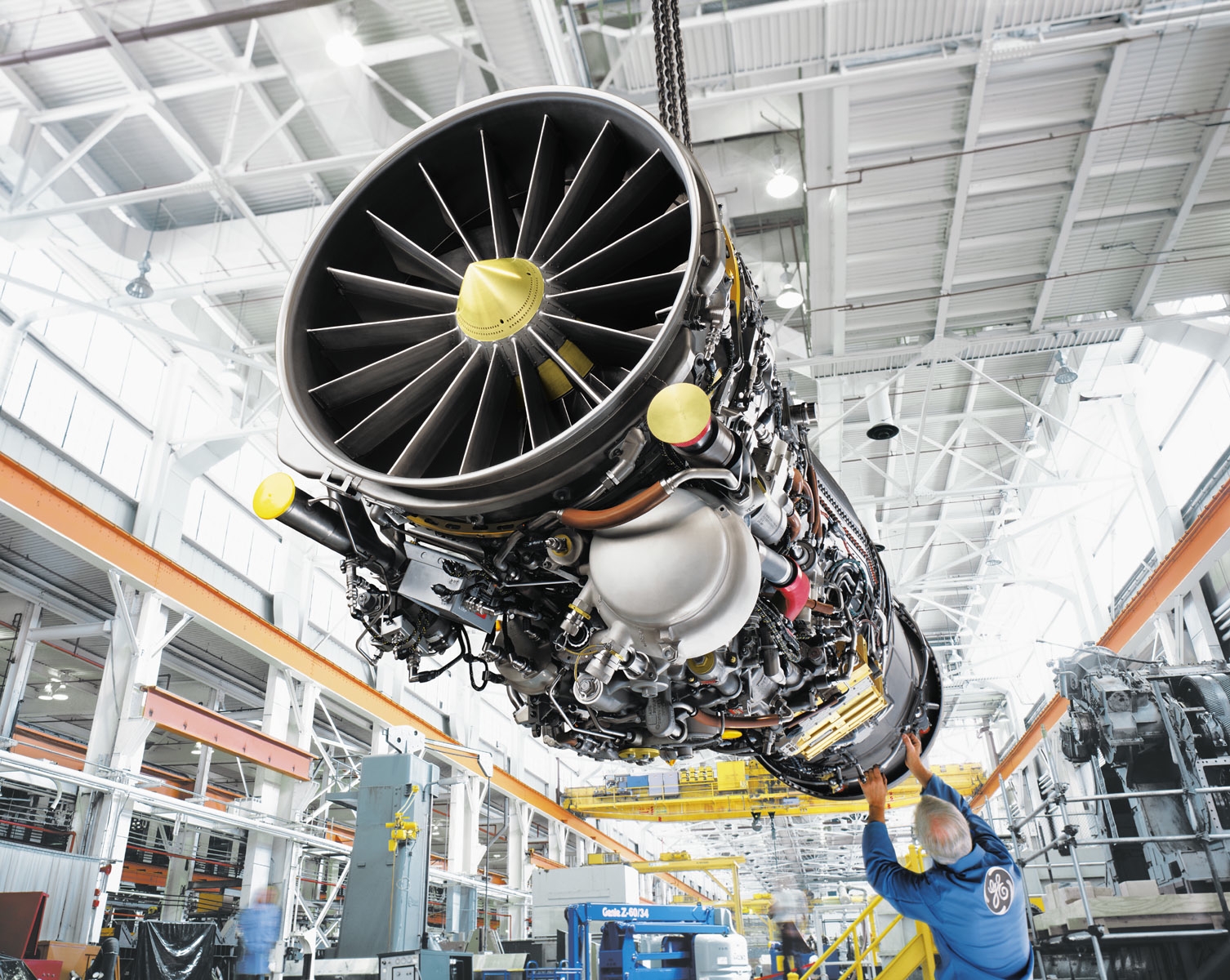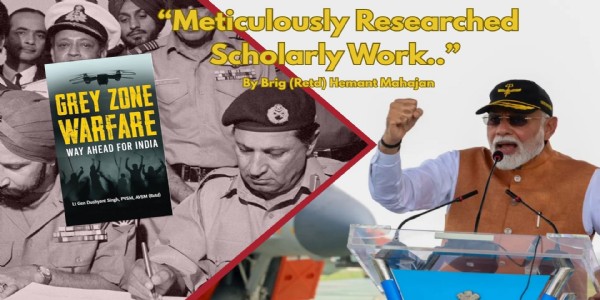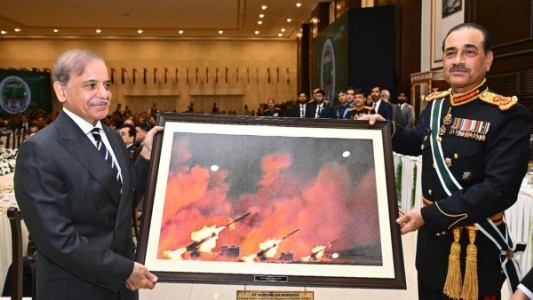GE Aerospace & HAL close to Finalising 99 GE-414 Engines for Tejas MK-2
Joint manufacturing of GE Aerospace's F414 engines in India will bridge a significant technological divide, provide the groundwork for domestic production of larger jet engines, and potentially pave the way for exports, according to CB Ananthakrishnan, chief executive of HAL. He also mentioned that an agreement between the US company and Hindustan Aeronautics Limited might be reached in 12 months.

In an interview, he stated, "We have lacked the capabilities required to build jet engines." "The agreement we are working out with GE will assist in correcting the issues. It will provide cutting-edge technologies to the nation and serve as the foundation for upcoming engine programs to satisfy the expanding requirements of the Indian Air Force.
During PM Narendra Modi's visit to Washington in June, GE and HAL inked a memorandum of understanding to construct 99 F414 engines for India's TEJAS MK-2 program. The projected value of the deal, which will entail 80% transfer of technology (ToT), is $1 billion.
When compared to the two current TEJAS models, the MK-1 and MK-1A, the MK-2 fighter jets will have a substantially better indigenous content due to this "never-seen-before" degree of technology transfer, which will be a "big game-changer." stated Ananthakrishnan. "Even so, we'll drive a hard bargain to get the best possible deal. They (GE) have stated that the amount is $1 billion, and we will work to lower it.”
HAL's present engine experience includes producing the AL-31FP engines for Sukhoi-30s under license from Russia and the Shakti engines, which are co-developed with French engine manufacturer Safran and power the advanced light helicopter and light combat helicopter, according to the HAL chief. In addition, HAL does overhauls and repairs on various aircraft engines.
"Under technology transfer, we are producing the AL-31FP and Shakti engines, but the scope of what we will receive under the F414 agreement is not as great. However, the program has gone well so far, and important lessons have been learned that will aid in the implementation of the new program, Ananthakrishnan added. After GE and HAL finalize their agreement, the first batch of F414 engines will be manufactured in India in three years.
The F404 engine, which is imported from the US and powers the current MK-1 and MK-1A versions, gave rise to the F414. Because the F414 engines are being produced locally, the indigenous content of the Mk-2 jets will be 75%, as opposed to 55%–60% for the Mk-1A and 50% for the MK-1.
For the purpose of constructing the F414 engines, HAL will establish a new engine complex because the current facilities are not big enough stated Ananthakrishnan. "Building larger engines in an exclusive engine complex will add a significant amount of capacity and help meet the nation's future requirements." He added that GE and HAL might use the facility for engine exports in the future without having to limit their efforts to meet Indian criteria if they got the required permissions.
The MK-2 program has received ₹10,000 crore from India. The IAF, which has already inducted several of the forty earlier MK-1s, ordered 83 newer MK-1As, and expects to order 97 more MK-1As, will be able to meet its future needs with the help of the new fighter. Over a hundred MK-2s could be ordered by the IAF.
The officials stated that the MK-2 will be prepared for manufacturing in five years.
Better avionics, more sophisticated electronics, more survivability, increased weapons payload capacity, expanded radar capability, increased range, enhanced situational awareness for pilots, network-centric capabilities, and fast duty switching are just a few of its features. The 13.5-ton TEJAS MK-1A can reach a high speed of 1.6 Mach, while the 17.5-ton fighter can reach a maximum speed of 1.8 Mach.
With a payload capacity of 6.5 tonnes (as opposed to 3.5 tonnes for the MK-1A), the new aircraft will be able to carry a variety of armaments, such as conventional bombs, heavy precision guided weapons, air-to-ground missiles, and beyond-visual-range air-to-air missiles.
Under the terms of the GE-HAL agreement, India will now receive engine technologies such as coating and machining of single crystal turbine blades, fabricating powder metallurgy discs, laser drilling technology for the combustor, inertia friction welding for the fan and afterburner, special coatings for erosion and corrosion, coating and machining of ceramic matrix composites for nozzle guide vanes, flaps, and other parts, machining of thin-walled titanium casing, and polymer matrix composites for bypass duct and bottle boring of shafts.
Source : defencenews
Bharati Web






